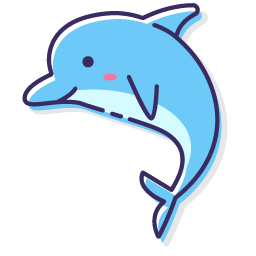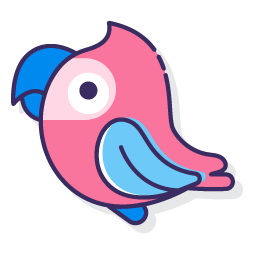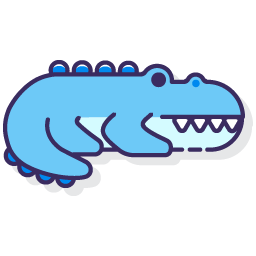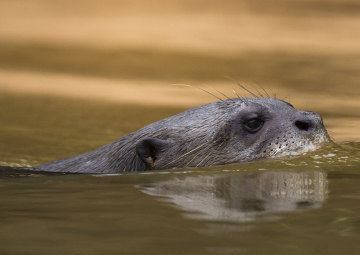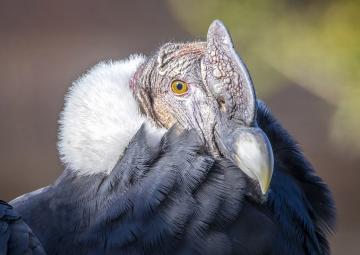GENERAL
Animal training history
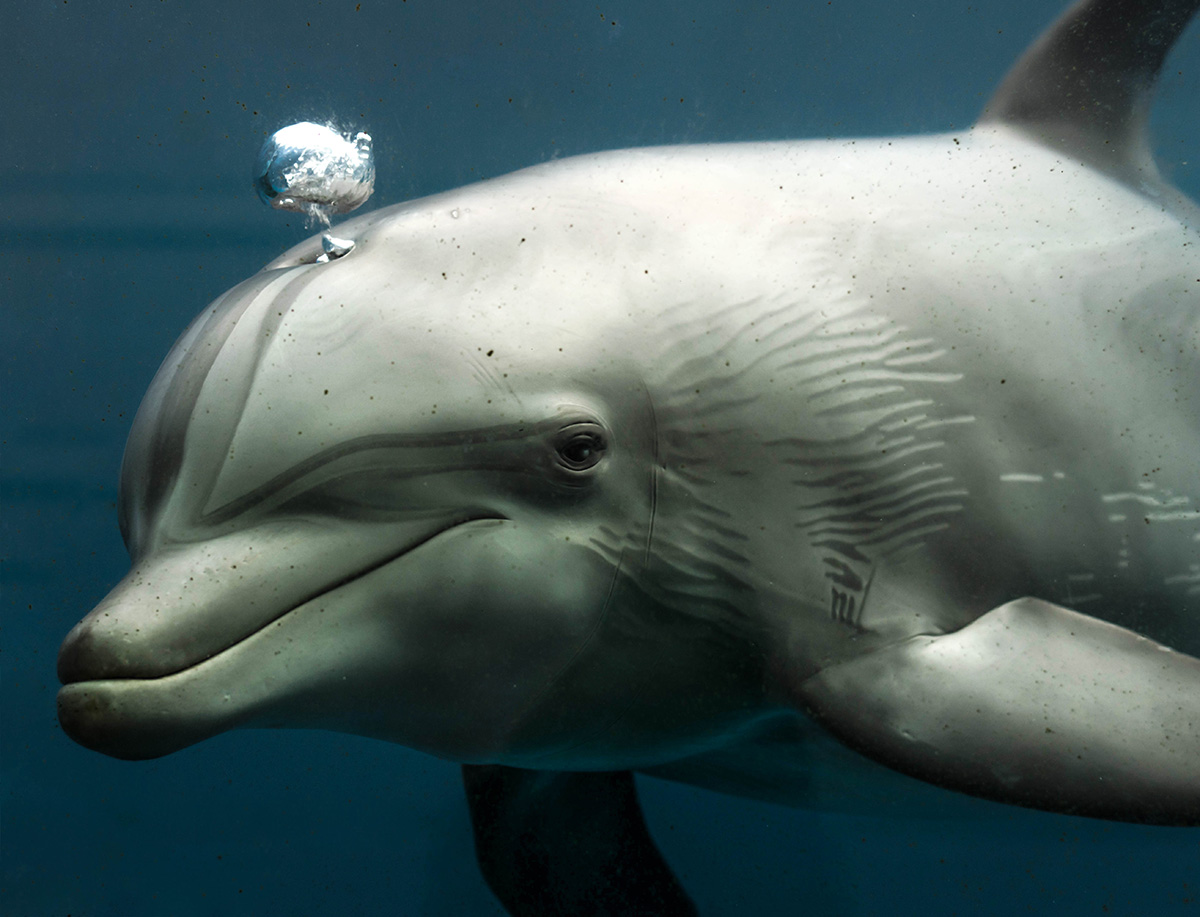
Nowadays, it is important to know the origin of animal training and see how it has evolved. In this article we will explain, most truthfully and briefly, how it all began, focusing exclusively on modern training.
We should go back to the 1940s and cite Keller and Marian Breland, a couple of American psychologists and B.F. Skinner graduate students (father of operant conditioning) who we will talk about in the next article..
The Breland marriage created a company called Animal Behavior Enterprises.
For years, they trained thousands of animals for the army, research, TV shows, fairs, theme parks and zoos, where they demonstrated that there was a better and more scientific way to train animals. A more humane way and without the need to use aversive methods, using concepts and principles that both had studied in the laboratory.
During the 1940s, animal training in zoos had the unique purpose of entertaining the public. Often very little or no natural images were shown, such as a chimpanzee in disguise having tea with his trainers. However, it wasn’t until the 1970s that zoos and aquariums began to focus more on conservation and gradually replaced those shows with more didactic demonstrations, focusing on natural behaviors and workouts performed by and for animal welfare.
In the 1950s, they extended their technique and began training marine mammals at Marine Studios (Florida), Marineland of the Pacific (California) and later, together with Bob Bailey, a zoologist at the University of California, develop the training program for the U.S Navy.
In the 1960s, Kenneth S.Norris, a marine mammal biologist, and his associate Ronald Turner, a psychologist at Columbia University, introduced the principles of operating conditioning at Sea Life Park and the Ocean Institute from Hawaii. It was here that the american Karen Pryor, specialized in animal behavior and marine mammal biology, began to train dolphins and became the first head trainer.
At that time, in addition, the Brelands and their student Kent Burgess created the first marine mammal training program at Seaworld, San Diego.
While marine mammal trainers are not the first to use this training system, they were the first to extend its use to the zoological community.
As you know, marine mammals spend most of their lives in a very different environment from ours and therefore training techniques had to be innovative, since they could not be managed with a leash or harness.
That is why the development of these techniques represent a revolution in the history of animal training focusing, above all, on the discovery of management behaviors:
-
The food was offered directly by hand, which made the animals closer to their trainers.
-
They were taught to remain in a specific position during training sessions and to move from one enclosure to another and to be separated individually or in groups, if necessary.
-
If the animals were allowed to be touched, it would also facilitate any medical treatment, healing of wounds or administration of medicines.
-
The learning of animals to touch an object or target would be a very useful procedure for the future of animal training, because the animal could be directed or placed in a desired position.
Later, in the 1970s and 1980s, medical behaviors began to develop gradually, reporting and successfully performing the first techniques of voluntary blood extraction with orcas at Sea World San Diego in 1984.
Training techniques are constantly evolving and we have more and more knowledge about animal behavior.
At WeZooit, we are sure that this is a long story and we still have a long way to go.
And remember, if it’s possible… WeZooit!







